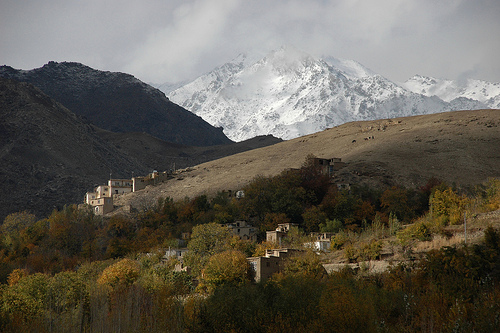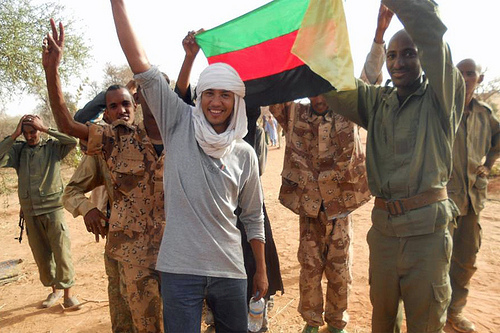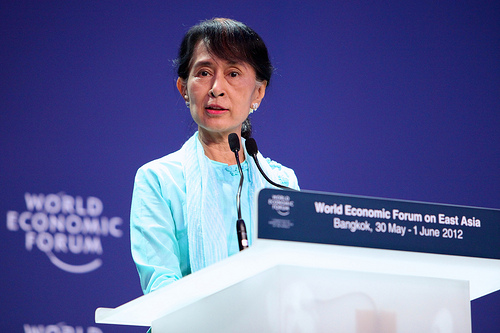
It is the small, rural places of Afghanistan that will ultimately shape the country’s long-term political future. The village of Istalif is pictured. Photo credit: AfghanistanMatters (via Flickr, Creative Commons license).
During his 2013 State of the Union address, President Obama announced that an additional 30,000 American soldiers will be leaving Afghanistan over the next year. This announcement drew big applause in the United States, but the more significant Af-Pak news on this new year is emergent support from Pakistan. As NATO – and particularly the United States – draws down combat operations in advance of a 2014 withdrawal deadline, progress in Afghanistan will increasingly depend on internal factors in the region. Pakistan’s new supportive orientation is a welcome development, but it may not be enough to overcome the difficult internal dynamics of Afghan society.
As is well understood in South Asia, but often forgotten in the West, Pakistani involvement in Afghanistan has been driven by its fear of geopolitical encirclement. India, not Pakistan’s failed state neighbor on the West, is the essential reference point in Pakistani foreign affairs. In an effort to stymie Indian influence on its flank, Pakistan began supporting militant Islamist groups in Afghanistan during the 1990s. This support – though changed after 2001 – continued over the last decade.
It now appears, though, that Pakistan’s military – which fundamentally controls the state’s foreign policy decision making – favors a change of course. The generals now appear willing to risk greater Indian influence in Afghanistan for the opportunity to promote lasting, comprehensive peace in their war-torn neighbor. It is shocking how few news outlets in the West have seized upon this development as a watershed. It appears that war fatigue has so consumed Western publics that this news no longer sells sufficiently.
So, if NATO’s eminent withdrawal is focusing minds in Islamabad, the same may not be true in Afghanistan. Here we turn to the internal dynamics that will be decisive in determining whether the country will go beyond state failure.
To say that Afghanistan is a “failed state” is misleading. This designation suggests that Afghanistan has a tradition of successful centralized government. While its history over the last few centuries has offered brief moments of more effective governance, Afghanistan lacks a clear sense of national identity and an historical experience that unites all of its peoples and places into a common governing structure. Piles of development aid cannot easily change a political culture that primarily looks to local political institutions for collective action. Worse, the present Afghan state is highly centralized, even as it is weak and ineffective in many parts of the country. Federalism – though more appropriate for Afghanistan – is not easily implemented.
Should we therefore be pessimistic or optimistic about Afghanistan’s fate after 2014? Where we stand right now, we should be a bit more optimistic, given the improved external environment for state building. Even so, we should not be shocked if this rugged, landlocked place is still struggling mightily a decade from now.

